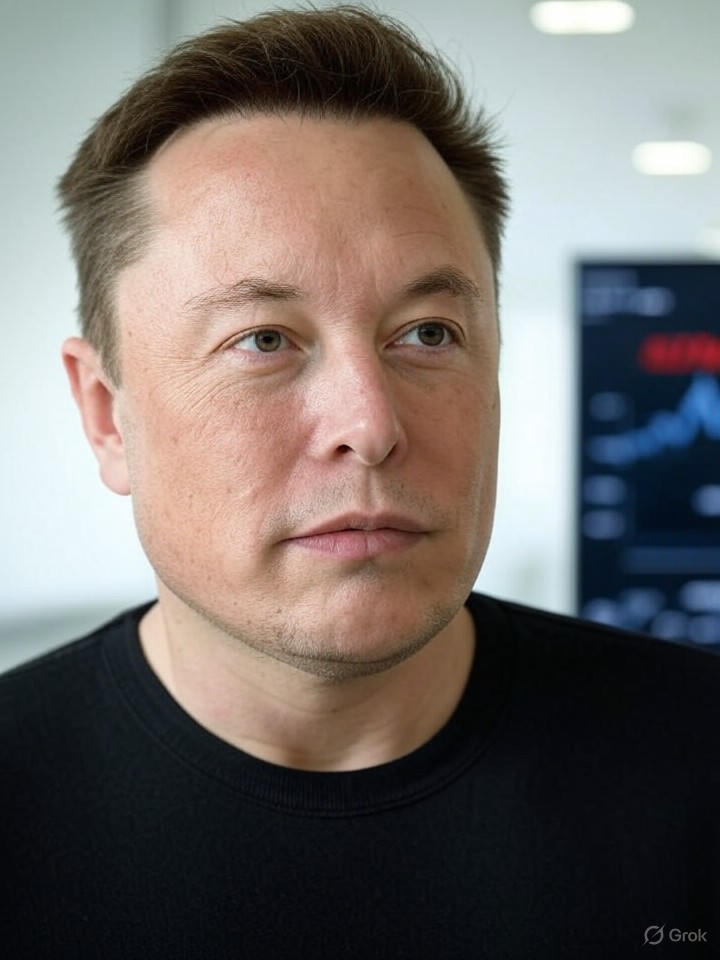Tesla Inc.’s ascent in the autonomous driving sector has sparked intense debate among investors and analysts, with recent stock performance underscoring a divide between skeptics and staunch supporters. Shares have surged to around $340 from $220 just 11 months ago, outpacing the S&P 500’s 17% gain over the same period, according to market data. This rally coincides with Tesla’s aggressive push into self-driving technology, highlighted by its Robotaxi service launch in Austin, Texas, earlier this year. Critics, including former Tesla investor Frederic Lambert, who sold his holdings at the lower price point, have faced backlash for underestimating the company’s potential in autonomy.
Proponents argue that Tesla’s data advantage is unparalleled, with its vehicles logging 4.75 billion miles on its Full Self-Driving (FSD) software—more than all competitors combined. This vast dataset fuels continuous improvements, enabling Tesla to operate a driverless rideshare service in select cities, a milestone that positions it as the only company selling consumer-accessible self-driving cars. As noted in a recent post on X by the influential account Whole Mars Catalog, Tesla’s system is engineered for global scalability, spanning the U.S., Canada, Mexico, China, and Europe, setting it apart from rivals confined to geofenced operations.
Tesla’s Data-Driven Edge in Autonomy
The Robotaxi initiative, which began rolling out in mid-2025, has generated buzz for its economic model. Each vehicle reportedly earns $100 to $200 daily in revenue, easily covering lease costs, per insights shared on X. This efficiency stems from Tesla’s pure computer vision approach, eliminating costly retrofits and enabling seamless deployment from the factory line. Goldman Sachs analysts, in a note ahead of the launch, praised Tesla’s advantages in the autonomous vehicle market but cautioned on meeting CEO Elon Musk’s ambitious targets, as reported in Investopedia.
However, challenges persist. A Reuters analysis from June 2025 highlighted the difficulties in scaling from dozens to millions of self-driving cars, citing regulatory hurdles and technological refinements needed for broader adoption. Despite this, Tesla’s Q2 2025 earnings revealed $22.5 billion in revenue, with AI and Robotaxi plans bolstering the outlook, even as margins dipped, according to Trading News.
Projecting Future Earnings: Beyond Traditional Metrics
Looking ahead, Tesla’s pivot to autonomy could redefine its valuation. Analogies drawn by enthusiasts compare Robotaxi earnings to Amazon’s AWS eclipsing its e-commerce roots or Apple’s iPhone surpassing Mac sales. Posts on X from accounts like Whole Mars Catalog estimate that autonomy could yield $50 billion to $100 billion annually by 2030, dwarfing current automotive profits. This sentiment echoes Goldman Sachs’ earlier projections of FSD revenue reaching similar heights.
Skeptics, however, point to consumer apprehensions. Survey data in a July 2025 WIRED article suggested the launch “freaked out” some users, potentially slowing adoption. Yet, expansion plans aim to cover half the U.S. population by year’s end, with job postings signaling rollouts in cities like New York and Miami, as detailed in AI News.
Investor Sentiment and Market Implications
Industry insiders view Tesla’s autonomy leadership as a game-changer, with stock targets for 2025 ranging from $275 to $400, potentially soaring to $3,600 by 2035 if Robotaxi dominates, per WebProNews. Elon Musk’s vision, including freight applications via Tesla Semi, could tap into a $1.33 trillion U.S. market, outstripping rideshare’s $61 billion, based on X discussions. Amid tariff tensions and competition from Waymo, Tesla’s progress defies short sellers, as chronicled in WebProNews.
Ultimately, while critics like Lambert lament missed gains, Tesla’s trajectory suggests autonomy will drive exponential growth, transforming it from an automaker into a tech powerhouse. As one X post quipped, investors betting on Tesla aren’t speculators—they’re visionaries aligned with a future where driverless rides redefine mobility worldwide.




 WebProNews is an iEntry Publication
WebProNews is an iEntry Publication